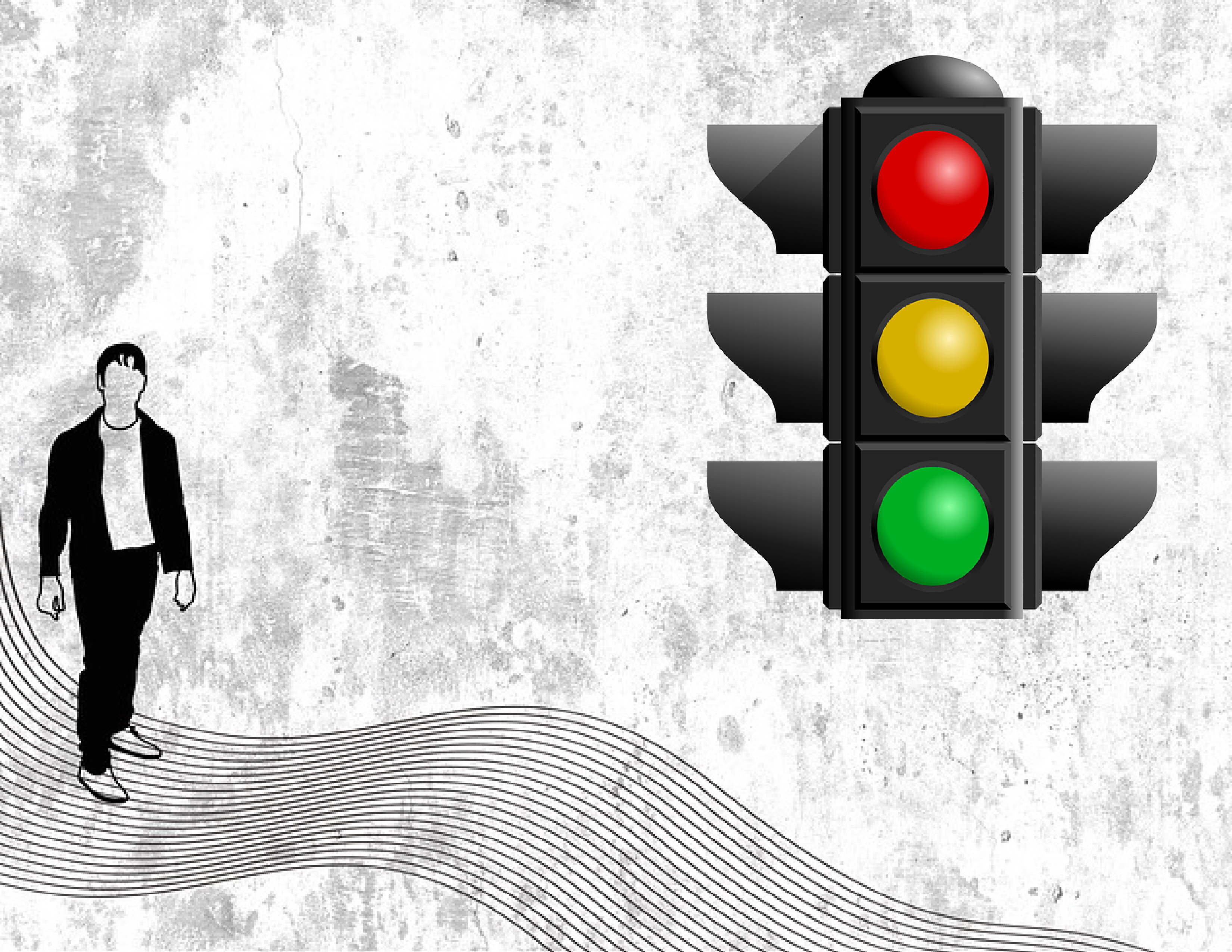 Submitted by Feathersmith on
Submitted by Feathersmith on

Derivative Images
Sometimes language makes understanding life, self-management and dealing with other people, more difficult than it needs to be. By classifying emotions as being either positive, negative or neutral, we can better take advantage of their purpose in guiding our thinking and behavior.
The sheer power of the number three, or dividing things into thirds, is probably one of the first governing principles of the universe discovered and put to good use by humankind. Whether this wise idea came first and was then put into practice or we practiced it first naturally and later put a name to, is not for certain. Regardless, the examples of the practice of dividing things into threes is abundant all around us, starting of course, with the fundamental physics particles of the universe being classed as positive, neutral or negative. Here are just a few practical uses of this important governing principle:
- The awesome strength of the pyramids is magical and truly amazing.
· Three-digit area codes are much easier to remember than seven-digit phone numbers.
· Tri-fold dinner menus and sales brochures are the most appealing presentations.
· The creative process itself starts with exploring one extreme, moving to the opposite extreme and then landing somewhere in the middle.
· There is complete extravagance and total abstinence and then there is moderation.
· Teachers and managers deal with three groups of students and workers: The top third where little time or effort is needed for success, the middle third where more time and effort is needed, and the bottom third where even more time and effort tis needed to achieve success.
· There are Republicans, Democrats and Independents.
· The three main components of human behavior are thoughts, emotions and behavior.
· Three important aspects of successful photography are lighting, perspective and composition.
- And for the Christian folks in the crond, we have the Trinity of the Father, Son and Holy Ghost
· The three colors of traffic signals—green, yellow and red—are universally understood to mean go, caution and stop.
Although language may have been instrumental in discovering, understanding and practicing this governing principle, language may have inadvertently taken things past the point of no return and turned the simple into being much more complicated than it needs to be. Take emotions or feelings for example. One exhaustive study identified 27 distinct emotions:
|
|
|
|
|
|
|
|
|
|
|
|
|
|
|
|
|
|
|
|
|
|
|
|
|
|
|
A simpler and more useful characterization of emotions should probably identify what these emotions mean to our thinking and behavior, or their essential purpose for existing in the first place. Once again, these 27 different feelings can be better understood and more useful when grouped into threes, following physics particles being divided into positive, neutral and negative, or the three traffic signals of green, yellow and red. This way, the meaning or purpose of these emotions or feelings becomes clearer to guide our thoughts and behavior in the right direction:
- Positive emotions are a green light confirmation that our thinking and behaving are headed on the right path, so it is okay to keep proceeding in this particular direction.
- Neutral emotions are a yellow light caution, to remind us to pause and think about whether we should be—stopping, going straight, or turning left or turning right--depending upon the situation being one of opportunity or danger, or open to the consequences of what we are thinking and/or doing.
- Negative emotions get our immediate attention, as a kind warning to stop and think about what we are thinking and doing and consider changing our approach which may be misleading us down the wrong path of a needless detour or dead end, possibly full of bruises or broken bones.
The next time you are in a situation where you feel one of these 27 emotions from admiration to triumph, try to view the feeling in terms of being positive, neutral or negative and what this means to you in regards to what you are thinking a or doing. This may very well be the best way to discern the truth from fiction and the absolute from the relative tentative truth.
“In order to move on, you must understand why you felt what you did and why you no longer need to feel it.” ~Mitch Albom, The Five People You Meet in Heaven
William Cottringer, Ph.D.
http://www.authorsden.com/visit/viewarticle.asp?AuthorID=10202&id=79813
- 388 reads